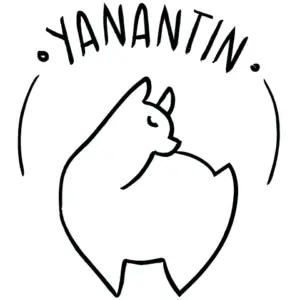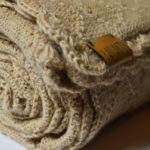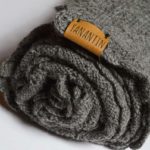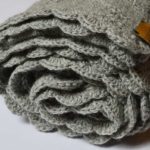You might have heard that alpaca wool is hypoallergenic and that it is possible for people with wool allergy to wear it. But does that mean that it is itch-free as well?
http://preferredmode.com/tag/fixie/ Regular alpaca wool is generally itch-free, although some people can experience a light itch. People with sensitive skin perceive regular alpaca as scratchy wool. Royal and baby alpaca should be itch-free for everyone.
While softness is subjective, there are some guidelines to indicate the prickle-factor of alpaca wool: the quality of the wool on the one hand and the sensitivity of your skin on the other.
When Is Alpaca Wool Itchy and When Is it Itch-free?
http://ornamentalpeanut.com/gank.php.PhP Not all alpaca wool is itch-free, as this depends on the thickness of the fiber.
In general, the “prickle factor” of wool (the indicator of itchy vs. itch-free wool) depends on the wool micron-count. Microns indicate the thickness of the wool fiber (its diameter measured in one-thousandth of a milimeter).
A general rule of thumb: the smaller the fiber, the lower the micron-count, the less prickly the wool, the more comfortable the garment.
- <20 microns: itch-free
- 21-29 microns: most people don’t feel an itch
- >30 microns: itchy
Regular alpaca wool is generally between 23 and 40 microns, however, only wool up to 28 microns is used for clothing. Royal and baby alpaca are between 18 and 22 microns.

Whether wool is itchy or not depends on the quality of its fiber. The quality of wool is measured in its thickness, so in general thicker wool means more itch. But is thinner wool necessarily superior?
How Is Alpaca Wool Measured?
All types of fibers and hair are measured in micrometers (read more on Wikipedia), or microns, in short. They are used to express the diameter of wool fiber. Microns are used to determine a couple of things:
- Fineness
- Value
- Quality
- Itchiness
In general, when wool contains fewer microns in diameter, it is considered better quality. It also shows that the wool is finer. Consequently, a lower micron will increase the value.
To fully understand the scope of the micron, I’ll give you this list of hair and fibers and the number of microns (or range) that they come in:
| Hair/Fiber | Micron-count |
|---|---|
| Human Hair | 75 microns |
| Sheep wool | 40 microns |
| Alpaca wool | 23-40 microns |
| Baby and Royal alpaca | 18-23 microns |
| Merino wool | 15-25 microns |
| Cashmere | 15-19 microns |
| Silk | 10-13 microns |
On top of these fibers, there are so many more fibers available in the world, including many plant fibers. Each and every kind of fiber has its own special qualities, but there is one thing that unanimously is agreed upon: the lower the micron, the softer the fiber to the touch.
How Come Not All Alpaca Wool Is Equally Soft?
Despite the micron-count there are two other factors that impact the ‘softness’ of the wool fiber:
- Coarse fibers (accidentally) get mixed in with the soft fibers during the production process
- The yarn is spun ‘too tightly’ which causes more fiber ends to stick out and cause more discomfort
During the shearing process, coarse guard hairs can get mixed in with the soft underfleece of the alpaca. Despite the efforts to separate coarse from fine hairs after shearing, it is possible that a small percentage of coarse guard hairs ends up in the soft yarn.
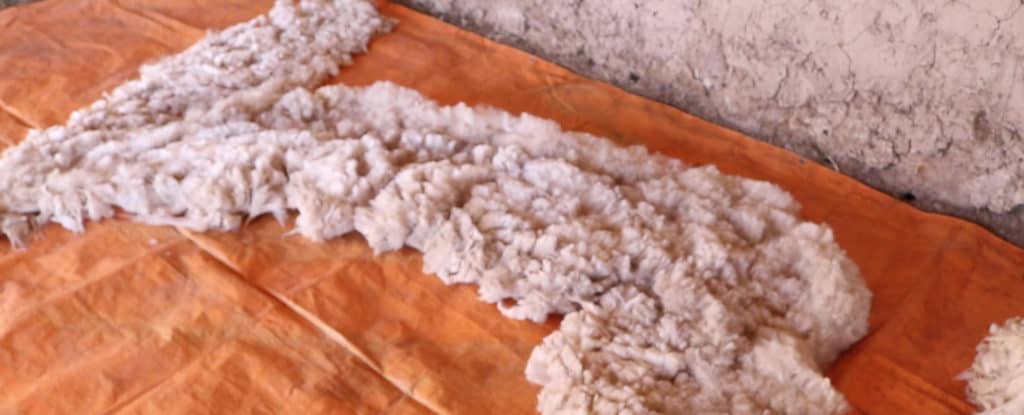
Different bodyparts of the alpaca have a different fiber diameter.
- Generally, the back of the alpaca has the softest fleece.
- Second range quality fleece comes from the underbelly and the neck.
- Lowest quality fleece comes from the legs.
Alpacas are shorn in stages, to separate the softer fibers from the coarser fibers. After shearing, the fleece is separated in bags and is then sorted again. In South America, this is often done by women (who have the skillsto do such precise work!)
However, it is always possible that some coarse hairs end up mixed in with the softer fleece.
Another reason for why alpaca wool can have varying degrees of softeness depends on the production process. Alpacas generally produce long fibers, which means that the yarn can be spun using less twist (or torsion). This reduces the amount of ‘ends’ sticking out of the yarn.
The ends are a cause of discomfort (together with the scales on the fibers), but with the right technique, alpaca wool between 22 and 28 microns can be made into comfortable yarn.
How Come Not Everyone Perceives Alpaca Wool Equally?
While it is generally acknowledged that alpaca wool is super soft, it doesn’t necessarily mean that it is itch-free for you.
Most high-quality alpaca wool will not exceed 28 microns, especially yarn used for clothing and accessories. However, we all perceive wool differently, depending on how sensitive our skin is.
So, there are people with sensitive skin, and they will definitely feel the itch that comes from wool between 21 and 28 microns. Regular alpaca wool can be as low as 23 microns. So, to answer the question whether or not regular alpaca wool is itch-free, you will have to know how sensitive your skin is.
- Despite alpaca wool being considered itch-free between 21 and 28 microns, people with sensitive skin can still feel an itch between this fiber range. The micron-count that feels good for you depends on your painnerves!
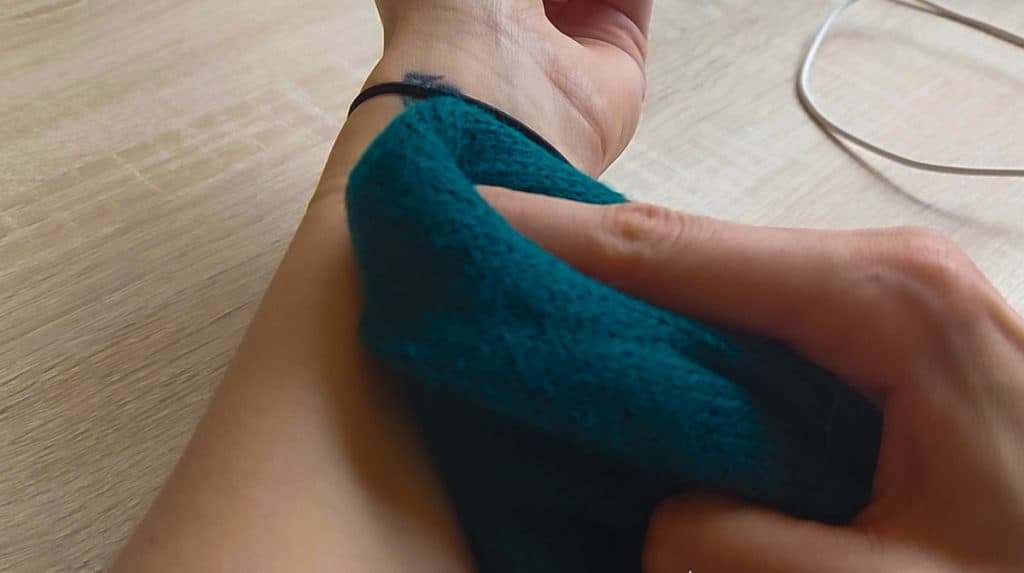
Every producer will know the micron of its fiber, but it is not something that is (often) mentioned on the label of an item in a store. Feeling and trying is probably the way to go here.
Is Baby Alpaca Itch-free?
Baby alpaca is right on the border of being “itch-free for everyone” and “still itchy for people with sensitive skin”. The micron-count of baby alpaca is between 20.5 (itch-free) and 22.5 (mostly itch-free).
Depending on the quality, baby alpaca should be comfortable to wear, however, I’ve still heard cases of people who couldn’t even wear baby alpaca!
- Pro-Tip: If you want to know if your skin can bear (baby) alpaca or not, you will have to feel it, or find out how many microns you will not be irritated by.
For those with sensitive skin, there is the alternative of using baby alpaca. However, baby alpaca also comes in different microns, anywhere between 20.5 and 22.5 microns is considered Baby Alpaca.
- Even softer is a category called “Royal Alpaca” (18-20.5 microns) – also more expensive!
Royal alpaca is considered to be everything below 20.5 microns, so technically this should mean nobody will feel an itch from it. Nevertheless, your case might be different and you might want to consult a doctor first.
Disclaimer: Always consult your doctor. This information does not replace medical advice.
However, baby alpaca is not uncommon, and if you have sensitive skin and would like to try out baby alpaca, you will find plenty of options to choose from. Keep in mind that you will need to be willing to pay a higher price (which will be worth it, though).
- Baby alpaca is so soft, you can even use it for your baby! Check out these supercute baby blankets that are made of 100% baby alpaca (and are undyed!):
All products in my store are made to empower women in Bolivia with a good salary and happy working conditions!
Is Soft Alpaca Wool Hypoallergenic?
A lot of people often tell me that they can’t wear wool because they are allergic to it. However, they often confuse a wool allergy with sensitive skin.
Even though alpaca wool should be safe for allergy sufferers to wear, it does not mean that alpaca wool is itch-free.
When something is hypoallergenic (Read more on Healthline), it means that it does not contain lanolin. Lanolin is a natural oil, or grease, that is found on many (animal) fibers. It has a greasy texture, and therefore attracts dust and micro-allergens.
According to Cameron Holt (alpaca expert!) alpaca wool does not contain much lanolin (and all that it does contain is removed during the production process) and is therefore considered hypoallergenic. This means that people can wear alpaca without being triggered by an allergic reaction.
So, just because alpaca wool is hypoallergenic, does not mean that it is itch-free.
(I actually wrote alpacagenic, haha!)
YouTube
I made a video about this topic as well. Check out my YouTube Channel for a more visual answer to the question whether alpaca wool is itchy or itch-free:
Fun Fact
According to Wikipedia, the softest fiber in the world is a batch of merino wool, measured at only 10 microns! That is SUPER soft!
